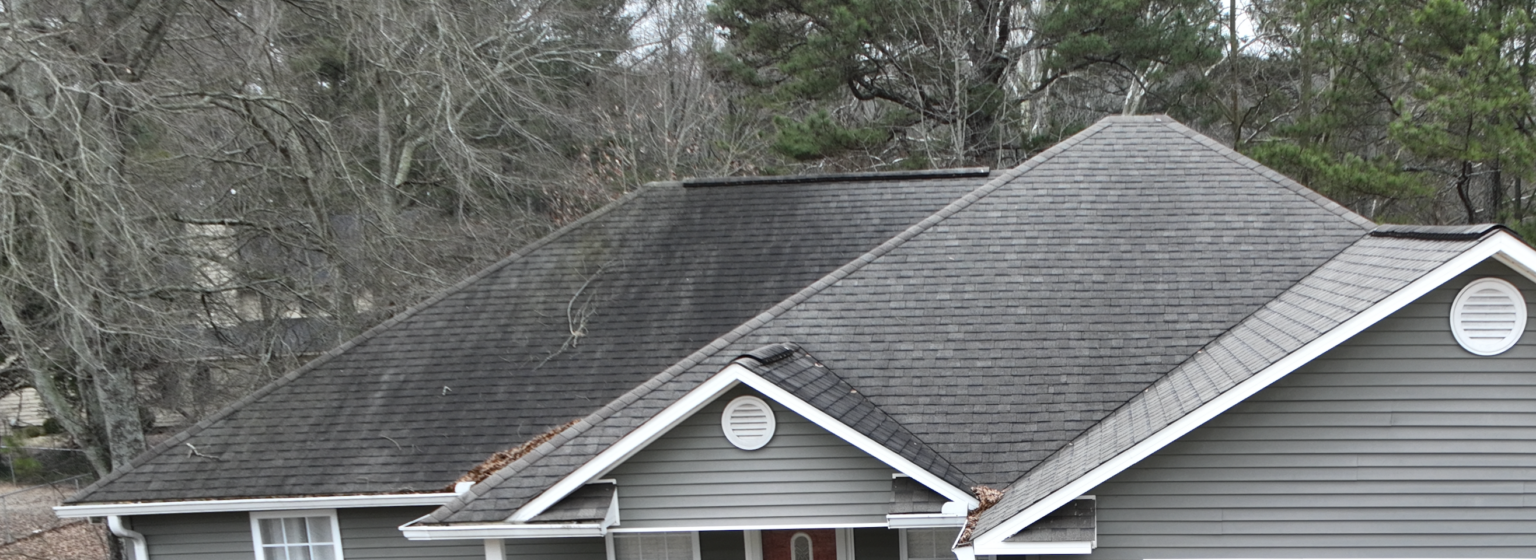Check out the video below to find out what Darral Simmons, the co-founder and developer of Roof Shield’s roof rejuvenation product, Roof Reboot, has to say about those ugly black streaks on your roof. Scroll down after the video for more.
What are the black streaks on my roof?
The black stains on roofs are dead cells of a tiny, pesky microscopic creature called Gloeocapsa Magma, often referred to as blue-green algae and commonly mistaken for soot, dirt, or tree droppings. Gloeocapsa Magma is technically not algae but is a cyanobacterium or photosynthesizing bacteria that thrives in humid climates.
Why does Gloeocapsa Magma grow on my roof?
Modern asphalt shingles contain powdered limestone that blends well with liquid asphalt. Gloeocapsa magma loves to eat the calcium carbonate found in limestone.
Before the 1970s, limestone was not a component of shingles. Shingle manufacturers used felt paper as the base material instead. In the ’70s, manufacturers replaced the felt paper foundation with fiberglass and soon discovered the thin fiberglass mats would not absorb enough asphalt to meet the minimum requirements of weight per square.
As a result, powdered limestone was blended with liquid asphalt to meet these requirements.
However, shingle manufacturers should have looked around at limestone buildings in the southern parts of the USA. Most of them harbor Gloeocapsa Magma which would now have a new surface to attack.
Are black streaks causing damage to my roof?
YES.
Antidotal opinions claim that the black streaks on roofs are only cosmetic and do not cause damage. But the science says otherwise, and in fact, Gloeocapsa Magma is actively destroying limestone fillers found in modern asphalt shingles, resulting in increased shingle porosity.
We can look at the ASTM E-96 Water Transmission test to validate this claim.
ASTM stands for the American Society for Testing and Materials, known as ASTM International. ASTM is an organization that publishes production and testing standards for various industries, including asphalt roofing manufacturers.
We use ASTM testing to show that Roof Shields’s roof rejuvenation process brings a 15-year-old shingle back to the same performance level as a new shingle. And using the Water Transmission test, we can show that a 15-year-old shingle has a water transmission of 29.5 Perms. In contrast, the same 15-year-old shingle, treated with Roof Shield’s asphalt shingle rejuvenator, Roof Reboot, has a water transmission of .029 Perms.
For context, a new shingle is .034 Perms, meaning that Roof Shield brings the Water Transmission of a 15-year-old shingle back to new and more.
And anything above 10 Perms is no longer considered a vapor barrier, meaning a 15-year-old roof allows water to transmit behind the shingles. And this water transmission is the result of years of limestone depletion and shingle thinning.
How to eliminate the black streaks on roofs?
ARMA, Asphalt Roofing Manufacturer Association, recommends using a 3% sodium hypochlorite solution to remove the black streaks through a process called soft washing. Although soft washing is a core component of Roof Shield’s ‘clean-restore-protect’ process, we do not recommend it as a stand-alone process.
Referencing the previously discussed ASTM E-96 Water Transmission test that showed a 15-year-old roof was failing, removing any material on a failing roof could make the roof worse as the algae’s black top crust acts as a de facto roof layer.
The only way to remove the black streaks on a failing and then restore the shingle’s vapor barrier to new shingle performance is to apply Roof Reboot after soft washing, which is the last step of Roof Shield’s rejuvenation process.
By soft washing, and then applying Roof Shield’s shingle rejuvenator, Roof Reboot, asphalt shingles can be cleaned and restored to like new performance and look.
Please get in touch with us if you would like future information on black streaks on roofs.
Darral Simmons
If you are a roofer, soft washer, or entrepreneur, Roof Shield is selling to and training applicators to service homeowners nationwide. Contact Roof Shield today to join the fast-growing roof rejuvenation and reconditioning sector.
To stay in touch with Roof Shield and always see our latest posts, like and subscribe our:


